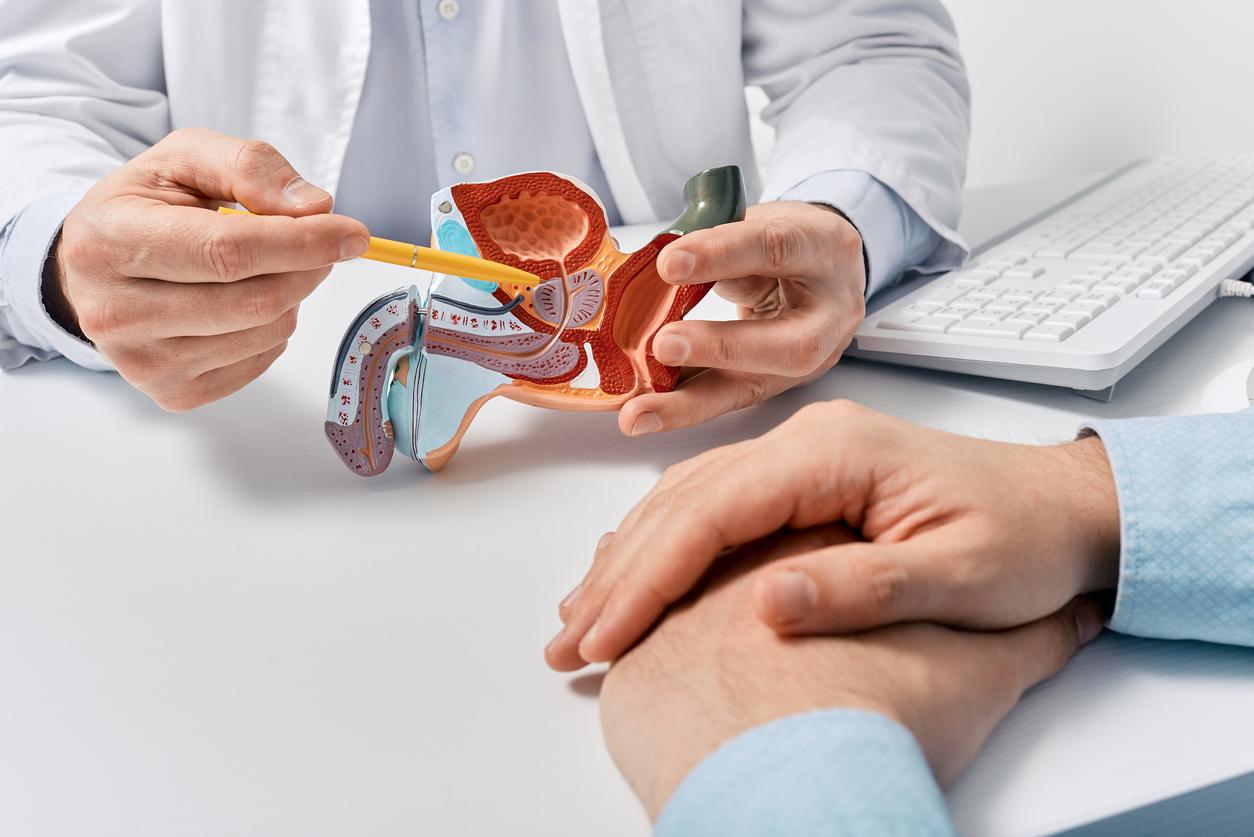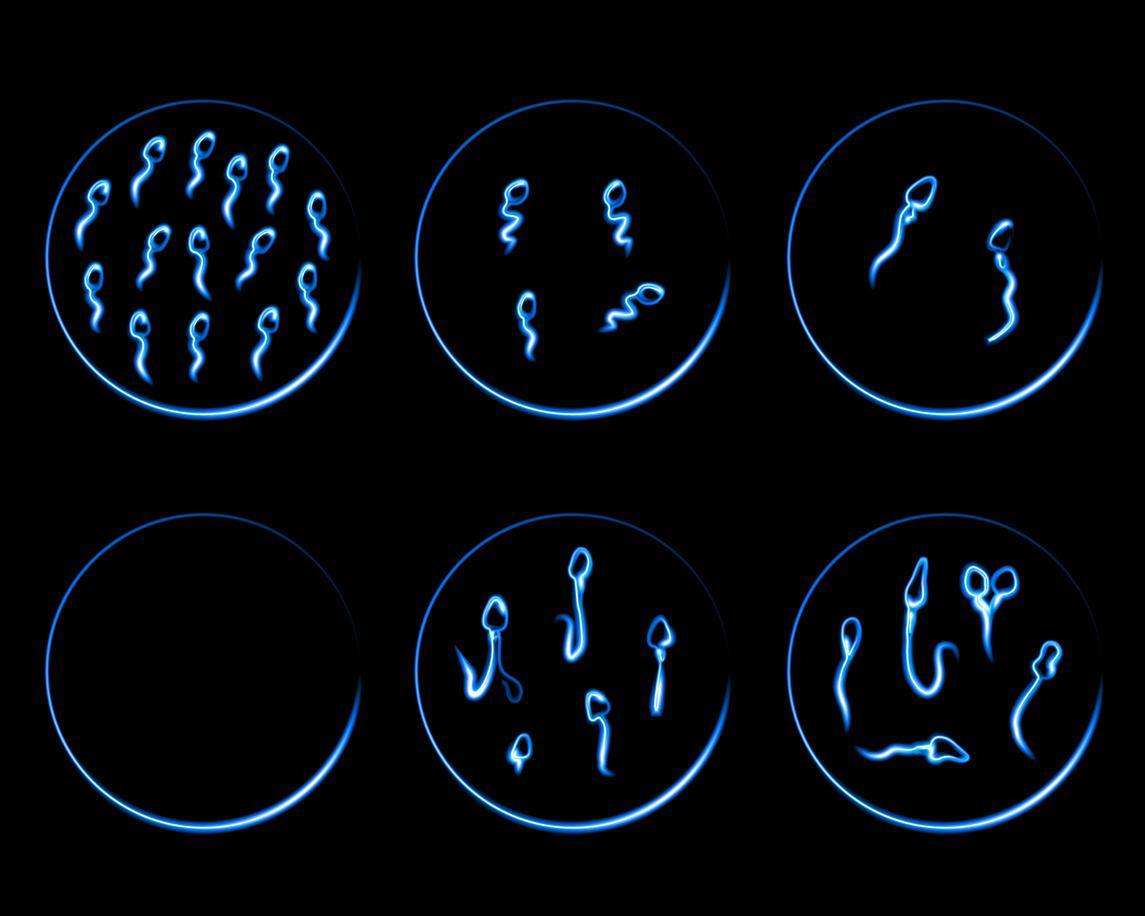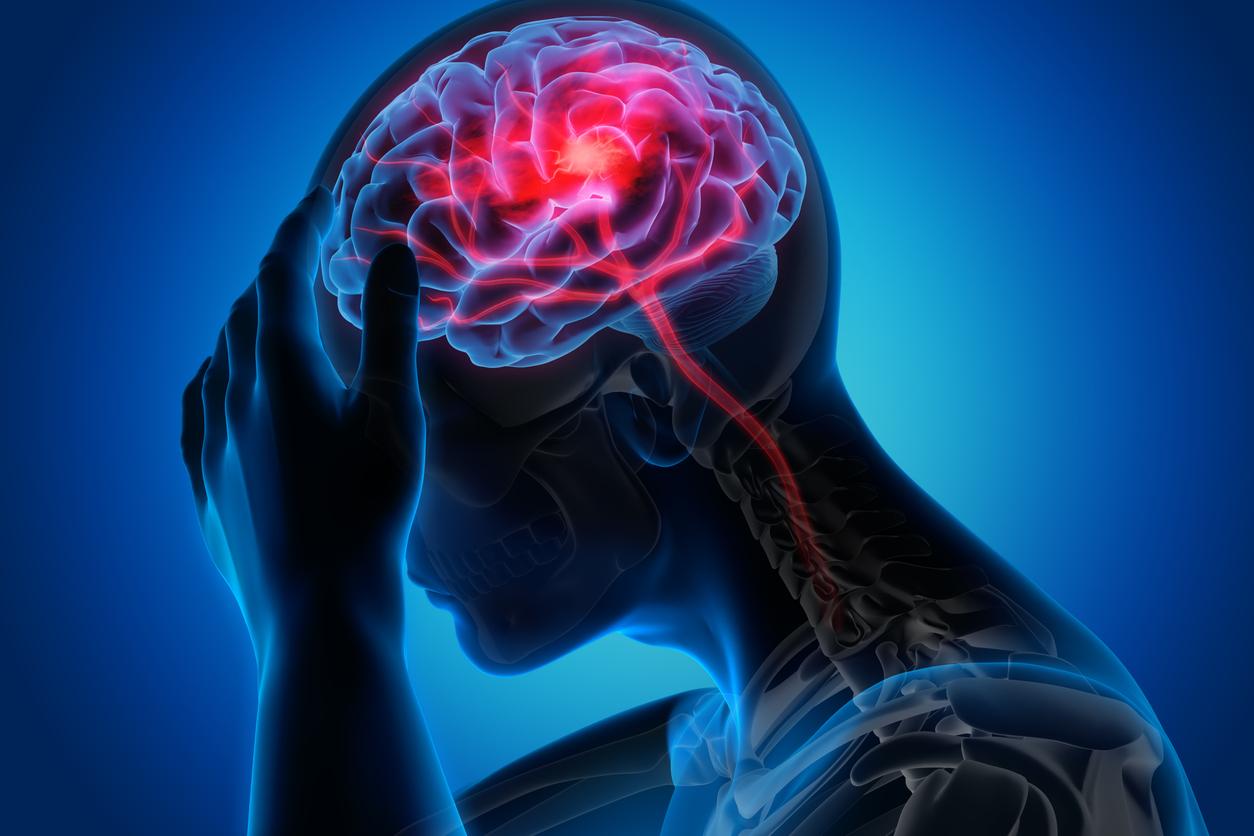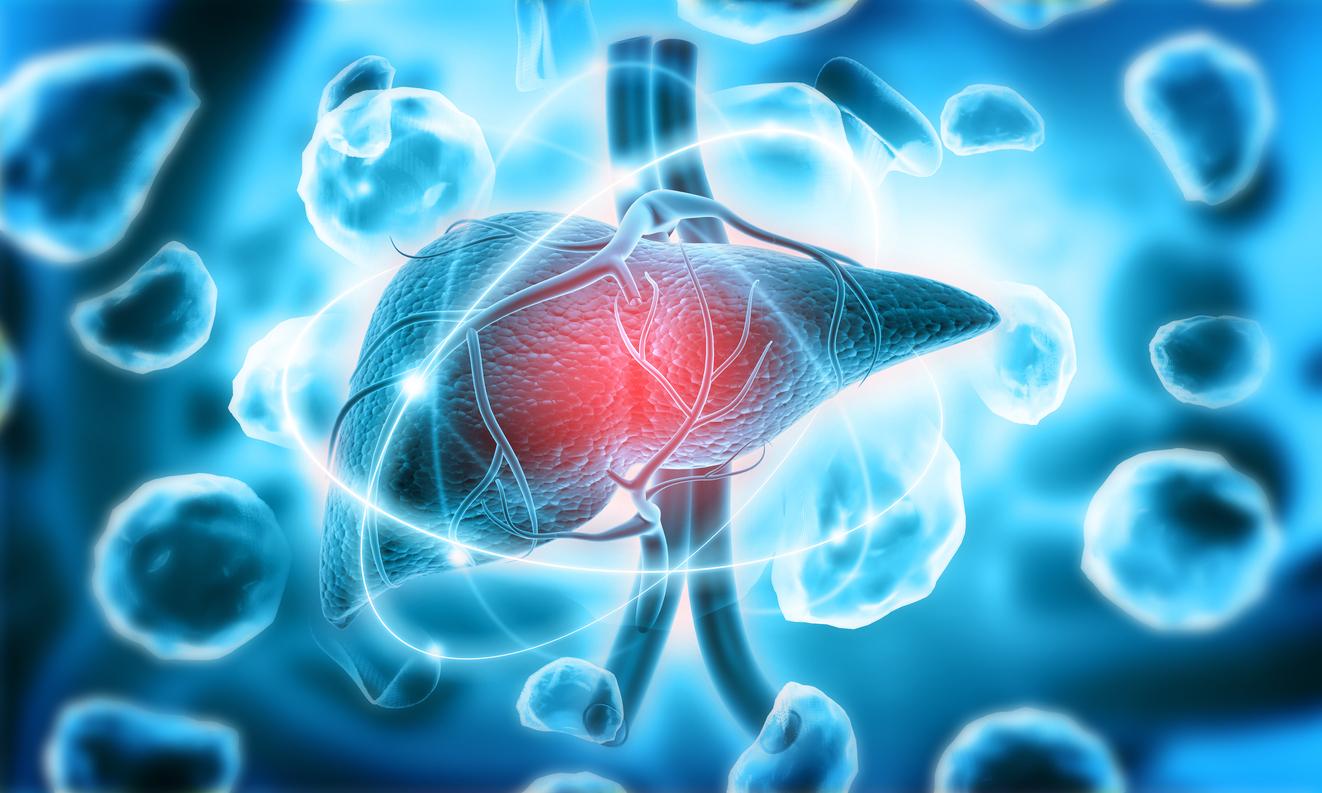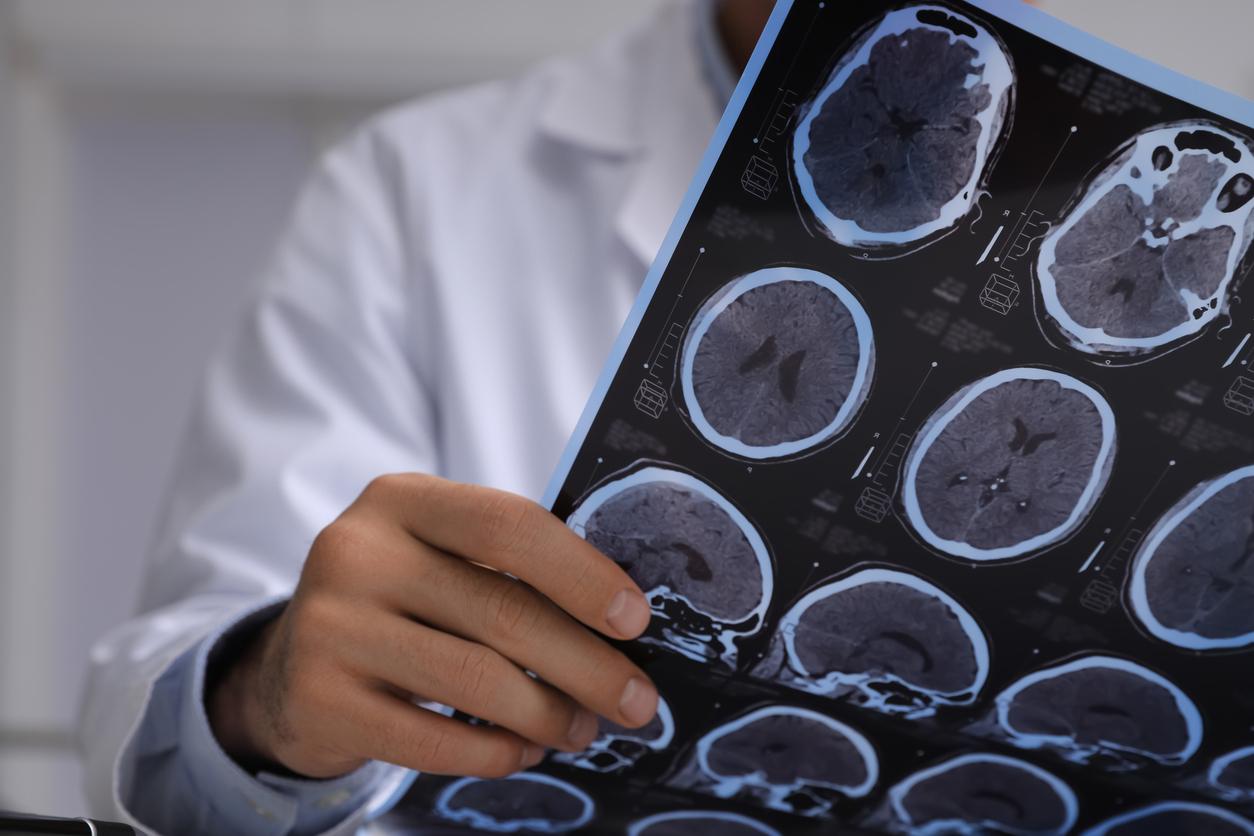
Recognize a PTSD quickly!
A train driver, who is confronted with a suicide attempt. A bank employee who becomes the victim of a violent robbery. But the death of a loved one can also be a traumatic event with far-reaching consequences. Such as post-traumatic stress disorder (PTSD).
What is PTSD?
We are all at risk of having a traumatic experience. After all, we find ourselves daily in situations that can lead to accidents.
A post-traumatic stress disorder is the result of such a traumatic event, which has not yet been processed. The event has caused psychological damage (trauma) and evokes so much tension or fear (stress) that daily life is seriously disrupted after (post) the event. A post-traumatic stress disorder is therefore a Anxiety Disorder.
The cause of the disorder may lie in the private sphere, for example the death of a loved one or incest. But it could also have happened at work. For example, if you witness a serious industrial accident or if you yourself were the victim of brutal abuse while you were in office.
High-risk professions
Soldiers, police officers, security officers, firefighters, train drivers, bus drivers, gas station operators, ambulance personnel, doctors and nurses find themselves in the most risky situations through their jobs.
They and their environment must therefore be extra alert to the signs of post-traumatic stress disorder when a traumatic event has occurred.
Children can also develop the disorder after a traumatic experience. The psychological and/or physical complaints can occur immediately after the event, but sometimes the disorder only manifests itself after a number of months or even years.
Symptoms
The disorder and its symptoms have everything to do with anxiety. Fear of having to go through what happened again or have a similar traumatic experience.
As a result, patients often take rigorous measures so as not to be confronted with the fear; for example by resigning or not going outside anymore. Usually this has the opposite effect. It is therefore important to recognize a post-traumatic stress disorder quickly.
The following signs may indicate PTSD:
In the medical world, criteria A to F are used.
a
– the patient has been the victim of or witnessed an event, which involved actual or threatened death or serious injury
– the event evoked intense fear, helplessness or horror
B
– the traumatic event is constantly relived (for example through flashbacks, nightmares, hallucinations and in children often expressed in games or drawing)
– intense psychological suffering when exposed to things that symbolize the event (both in ‘real’ life and on television)
C
– persistent avoidance of stimuli such as thoughts, feelings, or conversations associated with the trauma
– persistent avoidance of activities, places, or people that evoke memories of the trauma
– the markedly reduced interest in or participation in important activities
– the inability to remember an important aspect of the trauma
– feelings of detachment or alienation from others
– a limited spectrum of feelings (e.g., unable to have feelings of love)
– the feeling of having a limited future (for example, the expectation of not having a career, marriage or children)
d
– persistent symptoms that were not present before the trauma (difficulty sleeping, difficulty concentrating, palpitations, excessive sweating, feelings of depression, irritability, angry outbursts, startle reactions or extreme alertness)
E
– symptoms A to D last longer than a month
f
– the disorder causes suffering and impaired functioning in the private sphere, social circles, at work and/or other important areas
Difference with ‘normal’ grieving process
An important difference between a post-traumatic stress disorder and a normal course grieving process is that the former is a result of a traumatic event (whereby fear prevails) and the latter of the pain of the loss of a loved one.
A ‘normal’ grieving process will eventually help to cope with the loss, whereas post-traumatic stress disorder (unassisted) does not lead to processing.
Those with post-traumatic stress disorder will try to avoid anything that reminds of the traumatic event. Mourners, in their longing for their loved ones, look for things that remind them of the deceased.
The memories will therefore usually be positive, while in post-traumatic stress disorder there are negative thoughts, feelings and above all: fear.
By the way, mourners also need support: talking about it with family, friends or a psychologist can help to give death a place. With post-traumatic stress disorder, expert help is always needed to process the trauma.



